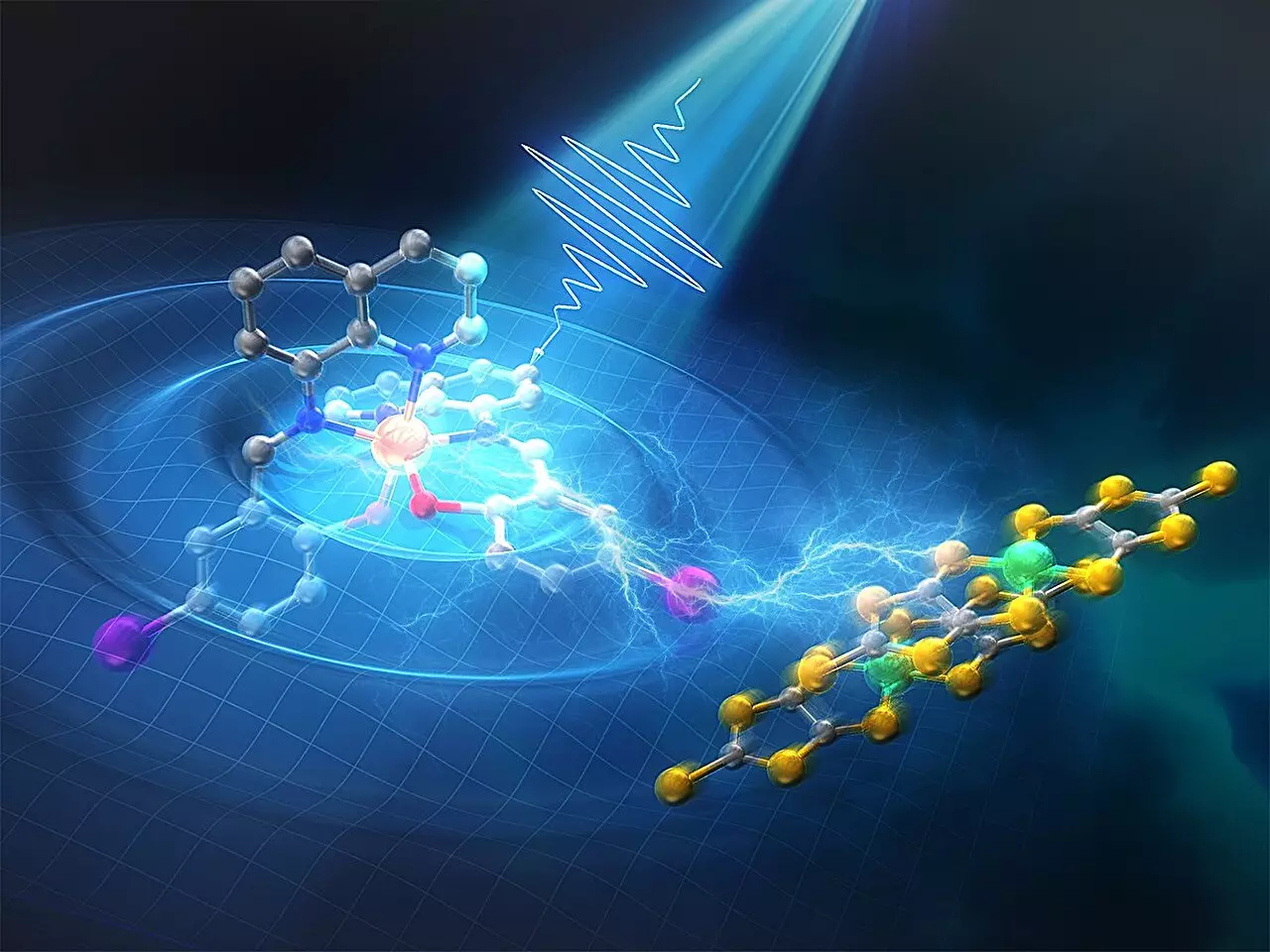Halogen bonds play a crucial role in directing sequential dynamics in multi-functional crystals, offering insights into ultrafast-response times for optical storage. These intermolecular interactions are formed between a halogen atom and another atom with high electron density, influencing crystal engineering and the study of photoinduced structural deformations.
A team of researchers led by Assistant Professor Tadahiko Ishikawa from Tokyo Institute of Technology explored the photoinduced dynamics in a halogen-bonded multifunctional system using various experimental techniques. By combining time-resolved spectroscopy and ultrafast electron diffraction, the researchers were able to observe the rapid changes triggered by spin crossover mechanics.
The researchers discovered the existence of a photoinduced transient intermediate state (TIS) that occurs within a few picoseconds, characterized by a high-spin state of cations and strong dimerization of anions. This TIS state transitions to the final state, similar to the high-temperature phase, through sequential slow dynamics over approximately 50 picoseconds.
Quantum chemistry calculations using ultrafast electron diffraction results revealed the persistence of halogen bonds between the cation and the anion, guiding the sequential dynamics. The photoexcitation of the cation expands the ligand shell, transferring excess energy to the anions through vibrational energy transfer via halogen bonds.
The study highlights the importance of ultrafast investigations in monitoring electronic and structural dynamics in multifunctional crystals. Understanding the role of halogen bonds in directing sequential dynamics paves the way for the development of innovative photo-functional materials with improved performance and response times. Further research in this area could lead to exciting advancements in the field of optical storage and crystal engineering.
The research conducted by Assistant Professor Tadahiko Ishikawa and his team sheds light on the crucial role of halogen bonds in driving sequential dynamics in multifunctional crystals. By unraveling the mechanisms behind rapid photoinduced changes, the study offers valuable insights for the development of materials with enhanced properties and performance. As we continue to delve deeper into the world of crystal engineering and photoinduced dynamics, the significance of halogen bonds cannot be understated.



Leave a Reply